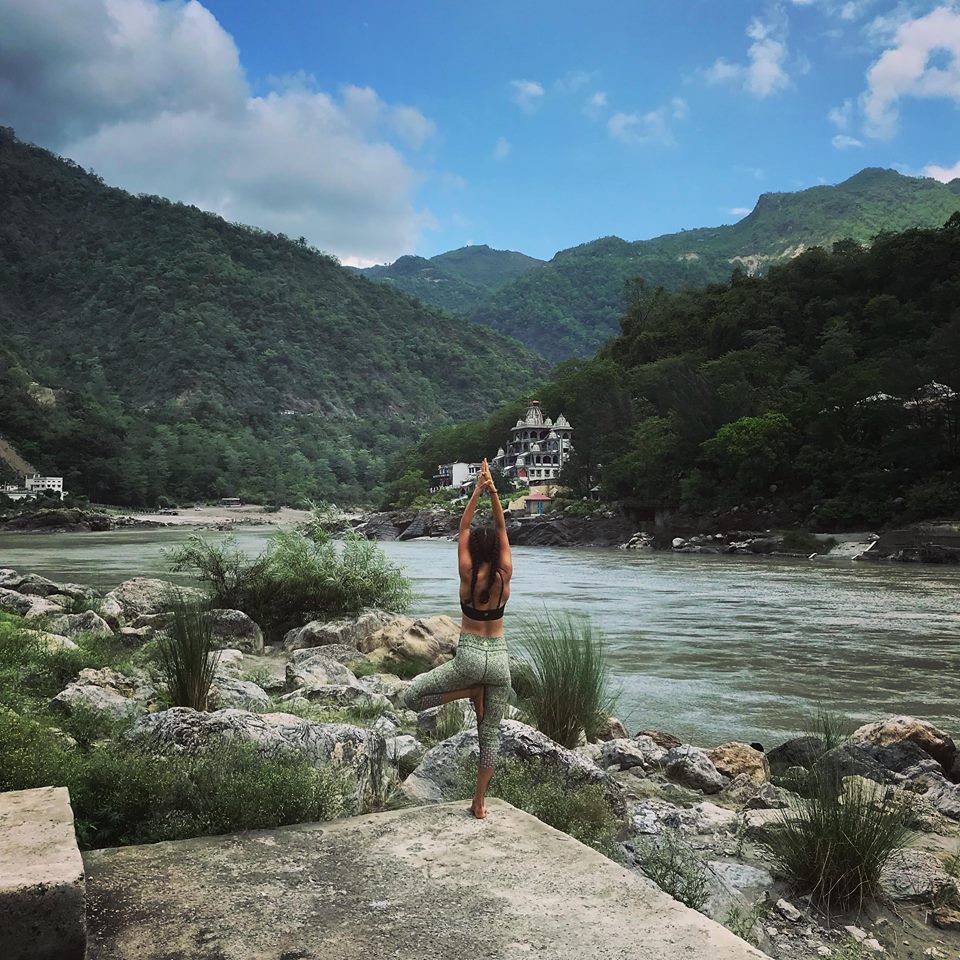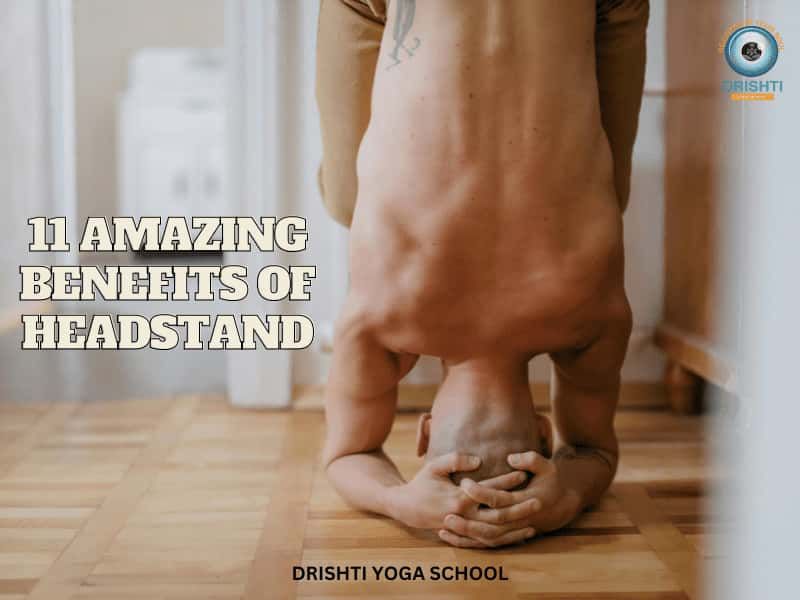Upward Facing Dog Pose looks easy in yoga pictures, but don’t let the serene smiles fool you. Performed with intention, this backbend uses more muscles than you can even begin to imagine—and gives you a whole lot more than a pleasant stretch.
So if you’ve ever glided over it in your vinyasa practice without actually connecting, here is your friendly reminder to move slowly and get into the nitty-gritty.
In this guide, we’ll break down exactly how to do Upward Facing Dog Pose step-by-step, explore the benefits of Upward Facing Dog Pose, and share tips to help you practice safely and effectively.

What is Upward Facing Dog Pose in Sanskrit?
Meaning of Upward Facing Dog Pose in Sanskrit is –
Upward = Urdhwa
Facing = Mukha
Dog = Shvan
Pose = Asana
So Upward Facing Dog Pose in Sanskrit is “Urdhwa Mukha Shvan Asana”
How to do Upward Facing Dog Pose: Step-by-Step Instructions
Let’s walk through it slowly. Even if you’ve done it a hundred times, revisiting the basics can help you deepen the experience (and avoid strain).
- Start by lying face-down on your yoga mat. Position your hands under your shoulders, fingers spread wide for a stable base.
- Keep your legs extended straight back, about hip-width apart. The tops of your feet should be flat against the mat—no curling toes here.
- Engage your legs. Press the tops of your feet firmly into the ground. This helps lift your knees and thighs off the mat, which supports your spine.
- Press your palms down, grounding through all ten fingers—especially your index and thumb. Feel the strength in your hands.
- As you inhale, lift your torso and legs off the mat by straightening your arms. Let your breath guide the movement.
- Relax your shoulders down and back. Don’t let them scrunch toward your ears. Think about spreading your collarbones wide.
- Draw your navel inward gently, as if you’re hugging your belly toward your spine. This subtle action supports your lower back.
- Lift through your chest, not your chin. Keep your neck long and look slightly upward or straight ahead, depending on what feels natural.
- Hold the pose for 5 to 10 breaths. Feel your chest open, your back engage, and your body stretch awake.
- To release, exhale slowly and lower your torso and thighs back down with control.

Preparatory poses for Upward Facing Dog Pose
Before attempting Upward Facing Dog Pose (Urdhva Mukha Svanasana), it’s important to warm up the spine, shoulders, and core with the following preparatory poses:
- Cat & Cow – Gently mobilizes the spine and builds body awareness.
- Baby Cobra – Activates the back muscles and opens the chest with minimal strain.
- High Plank – Builds core strength and prepares the body for upward lift.
- Ashtanga Namaskara – Engages the upper body and introduces controlled arm strength.
Benefits of Upward Facing Dog Pose
1. Spinal Length + Mobility
This position gradually stretches and lengthens the spine, helping to improve posture and support spinal movement. It’s especially helpful if you sit a lot or spend time leaning forward over desks or machinery.
2. Chest Opening + Lung Expansion
The chest-opening effect isn’t just for looks—it actually expands the lungs. This can be extremely beneficial for anyone dealing with asthma, shallow breathing, or restricted airflow.
3. Back + Core Strengthening
When you engage your legs, draw your belly in, and activate your back muscles, you’re not just stretching—you’re building strength. Functional strength that supports your everyday posture and movement.
4. Stress Relief + Mental Focus
Like many backbends, this pose stimulates the nervous system. The result? A natural lift in mood, improved focus, and reduced feelings of anxiety or mental fatigue.
5. Improved Circulation
By lifting and opening through the chest and torso, this pose gently stimulates your internal organs. That can improve digestion and circulation. It may feel subtle—but it has real effects over time
6. Supports Better Breathing
If you struggle with breathing issues like asthma, allergies, or even emotional tightness in the chest, this pose helps. It physically creates more space in the chest and ribs, allowing the breath to flow more freely and fully.

